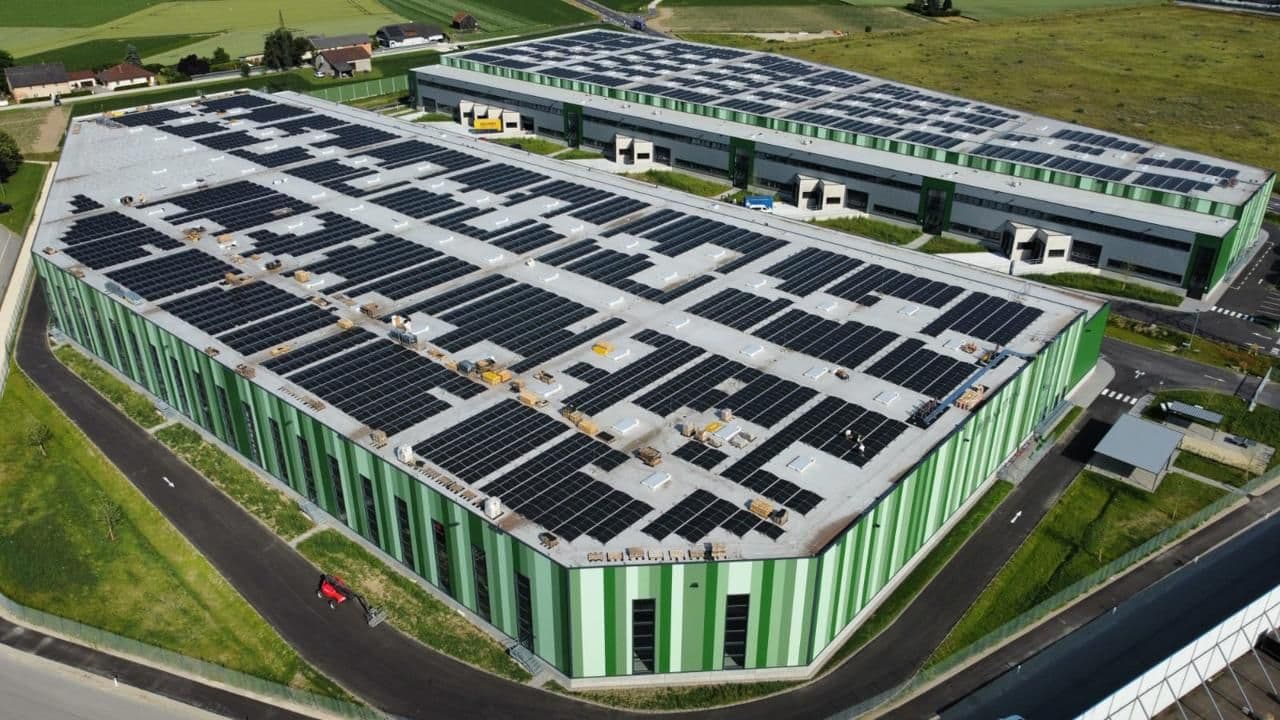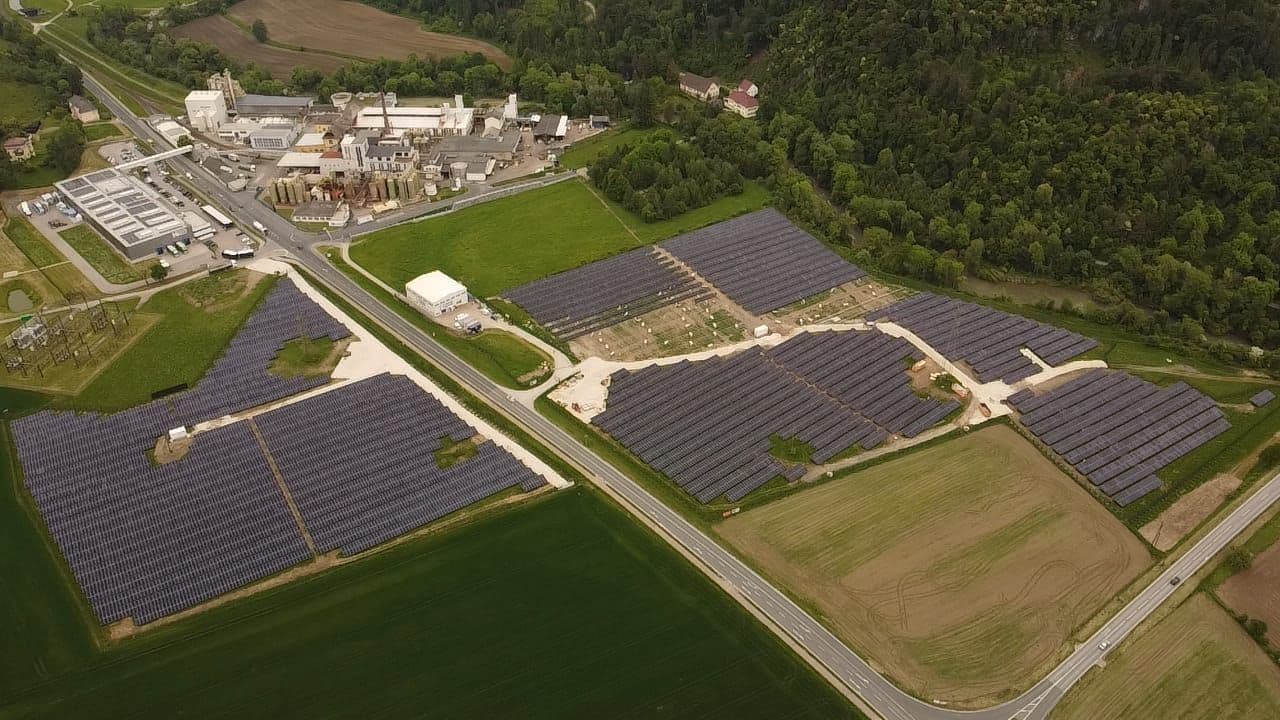Dear friends of batteries and photovoltaics,
June 2025 will go down in history. For the first time ever, photovoltaics became the largest source of electricity in the entire European Union, surpassing nuclear, coal, and gas (source). What we have long wished for and worked towards for decades is finally a reality.
And it is precisely at this moment—when photovoltaics has claimed the top spot on the energy throne—that we at Greenbuddies are proud to contribute with our own projects. The second quarter of 2025 brought a number of PV installations that we successfully completed. These included ground-mounted power plants in our key markets—Austria, Germany, Italy, and Belgium—as well as several rooftop installations, particularly in Austria and the Czech Republic. This time, however, our biggest topic was not just PV construction. The main focus shifted to a breakthrough in battery storage.
The electricity market is changing rapidly and undergoing a fundamental transformation. Instead of the stable, predictable sources that have accompanied us for decades, we are now working with powerful but uncontrollable renewable sources. The result is volatility, negative prices, pressure for flexibility, and a huge demand for storage.
In the Czech Republic and beyond, we are seeing declining interest in PPA contracts based purely on PV. Low spot prices during PV generation hours make it difficult to achieve a solid return on investment. And even though technology is becoming more affordable—battery prices have dropped by almost 30% since the beginning of the year—their wider adoption is being hampered by lengthy permitting processes, particularly in our region.
Previously strong players in the Czech Republic, that focused solely on PV construction are now filing for bankruptcy. The market demands more sophisticated solutions, flexible combinations, rapid response, and long-term stability. The optimization of market conditions and the introduction of mechanisms like ALPACA show that the energy sector has entered a new era. Those who fail to adapt today will be left behind.
This is where large-capacity batteries come in. Today, they can provide power balancing services—a key tool for transmission system operators—by quickly offsetting deviations between production and consumption. Thanks to their millisecond response times, zero fuel costs, and high reliability, BESS have a technological advantage over conventional systems.
Since the beginning of the year we have launched several BESS projects at Greenbuddies and wplan to build at least 85 MWh by the end of the year – specifically in the Czech Republic and Germany.
One of our most interesting projects at the moment is in the Trutnov region: three independent PV plants, each with its own battery storage. One power plant operates at 400 V for both the PV plant and BESS, which simplifies power transmission, while the other two combine 690 V (BESS) and 800 V (PV plant). In total, this represents 7 MW of ground-mounted photovoltaics and 12 MWh of battery storage, using Pylontech BESS technology and Sinexel inverters. The project is also unique in that it is a brownfield site, where we had to remove the old foundations of a coal mine dump and build a special access road for heavy equipment to install three 43-tonne BESS units with a crane with a lifting capacity of over 300 tonnes.
We encourage you to look forward to the next issue of our Market Footprint, where we’ll share updates on new large-scale PV power plants and battery storage projects planned for the third quarter..
Best regards,
Aleš Spáčil
Chief Sales Buddy





